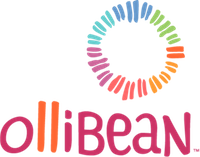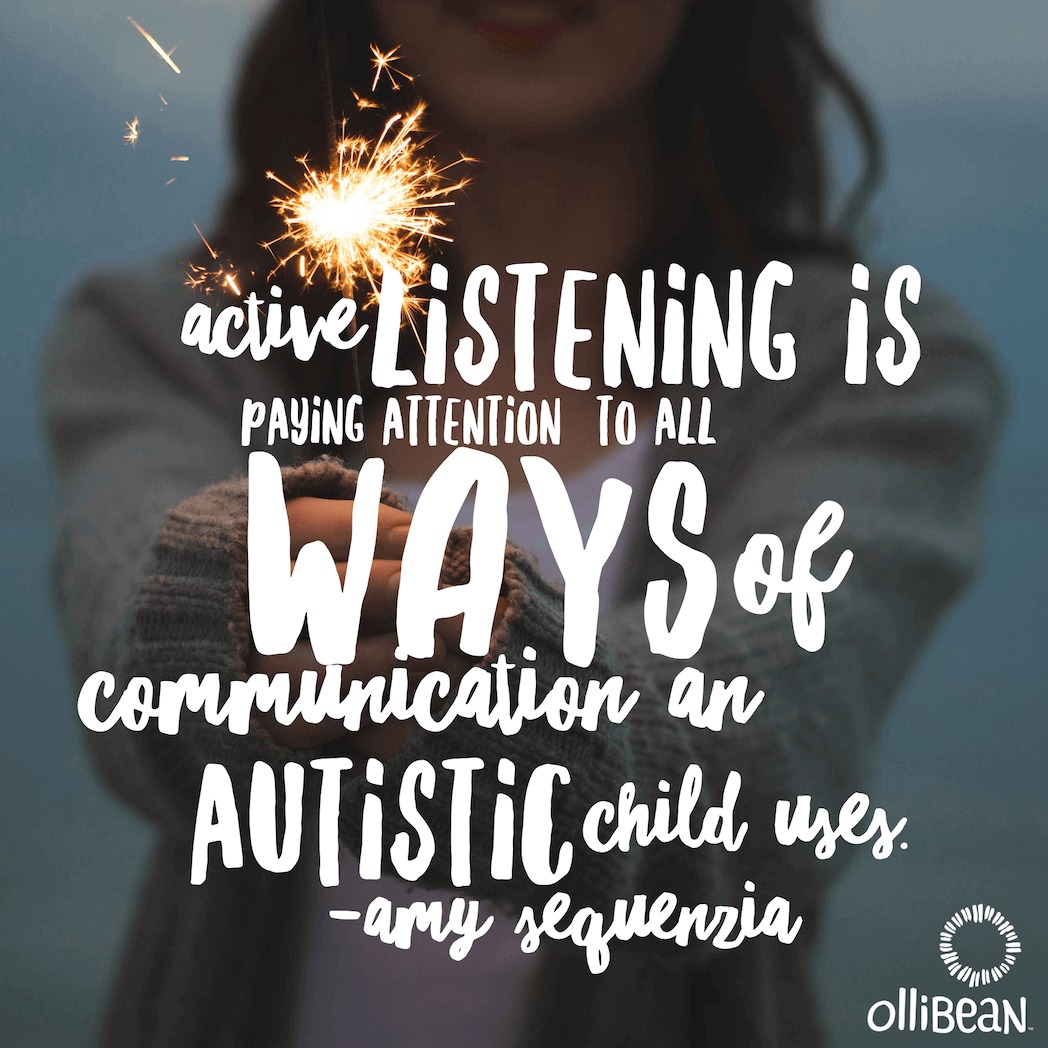Note: I mention Autistic children but what I am writing can apply to any disabled person (child or adult).
As a non-speaking Autistic, I pay special attention to comments and statements made by parents of other non-speaking Autistics, especially children.
Many times I see parents lamenting that they will never listen to their Autistic child say “I love you”, or how much they long to hear those words.
Sometimes I am able to comment and I always say that there are many ways a child says “I love you” without using speech.
I might go further and say that the problem lies in the inability of a parent to understand the child, the fixation and overvaluing of speech, and sometimes the selfish behavior of a parent who makes their child autism about them.
I can understand society’s pressure and the general expectation that a child uttering those words to their parents is a “milestone”, “the ultimate parenting goal”. It is almost as if every parent will be forever sad if their child cannot use spoken language to say that they love mom and dad (or mom and mom, or dad and dad, or mom, or dad)
I disagree with this ableist concept though. The “overwhelming sadness” is a created phenomenon, something invented by people who believe autism is the worst tragedy that can happen to parents, and that Autistic people cannot feel, have human emotions, or form loving relationships.
A non-speaking Autistic fits the tragedy narrative, and some parents forget to listen to those craved words in all the other ways the child might be communicating them.
It not only happens with the “I love you” statement though. When an Autistic child is non-speaking, or has difficulties with spoken language, the general advice from the pathological paradigm followers is to make the child learn how to communicate in a way that makes the non-autistic majority comfortable when interacting with us.
Providing access to pictures and a letter board, or any other assistive device is not only a good idea, it is a disability rights issue. It helps the disabled person, who can use their own voice, and it helps the non-disabled people who can learn how to listen. Speaking people (usually also non-disabled) use a variety of ways to communicate, from speaking on the phone, to emailing, to texting, or using pictures to convey messages (like emoticons). Providing the same access to non-speaking people, or to people who have difficulty with spoken language, is about equality.
What I really want to talk about is something I consider even more important than providing tools of communication. I want to talk about active listening.
There are some Autistics who still can’t, or who still find it difficult to communicate in the majority’s preferred ways. Some of us might find it overwhelming to communicate by talking or typing all the time. When trying to convey a message, we use our eyes, body language, and, sometimes, even noises that are hard to understand.
Parents (or main caretakers), especially, should not only pay attention to these forms of communication, but also support them. Why support? Because we don’t have super strength and sometimes it is exhausting to communicate in a way that is not very natural to us.
Also important: however we are communicating our needs, feelings and thoughts, listen to us. This means listening directly from the source. Don’t use the “middle man”.
I will explain.
Disabled people are generally seen as lacking something. We are seen as defective, incomplete, broken. For each disabled person, there is a non-disabled “expert”, claiming to know more about us than we do about ourselves.
This is impossible. It really is, no matter how many books, PhD’s, or years of practice they have. What they claim to know is based on the idea of normalization. We can’t be what the “experts” call “normal” and their “knowledge” is nothing more than a cruel way of trying to make our so-called deficits less visible. According to them, looking less Autistic makes one a better human being.
But parents usually don’t know much about how normalization hurts and that we can succeed as “not-normal”. They are led to believe that the “best” doctors and therapists, the ones with most credentials, are the ones who can show them what’s best for their Autistic child.
I say the opposite is true. Your child is the one who will guide you. And if you still can’t understand them, seek input from your child’s community. We don’t have the specific answers for each child but we have the experience – experience as Autistics, as “not-normal” people – that might be very similar to your child’s experiences, to how your child interacts and processes the world.
Some parents might find that listening to a child they don’t understand is too hard, they might fool themselves into believing “experts” will give them the correct, fast answer. They would be wrong. As parents, they should be thinking of their children first. Thinking about how the Autistic child is being forced into interactions they are not prepared for, into communicating in ways they still cannot grasp, even as they ARE communicating, even as they ARE interacting, even as they DO have a lot to say.
If you can do this, if you can really listen to your Autistic child, you will never be worried about when they will say “I love you”. You won’t even think about these words being SPOKEN because you will be LISTENING to them in so many different ways.
** Having a doctor and a therapist that diagnoses, or that might be helpful to the child is not wrong. What is wrong is listening to so-called experts AND ignoring what the Autistic child is communicating to you. Sometimes they communicate opposite things.
** Some children who have been taught to please might say, with words or through typing, that they “like” to learn how to look not Autistic (or something similar). Listen to their other forms of communication. Being trained to please adults in a position of power is the main goal of some “therapies”.









[…] Parents, Are You Listening To Your Child? […]
[…] there are many ways to say “I love you” without using oral speech. Moreover, as Amy Sequenzia says, the real problem is that the parents are unable to value their non-speaking autistic children […]
I love this piece, Amy. So crucial for us parents to understand the many ways in which our non speaking children communicate-after our lifetime of conditioning around what communication is. Another aspect of our conditioning is the belief in the importance of our children saying “I love you” in the first place. Personally, I find this a little egocentric and shallow. My children, all Autistic, one non speaking, did not ask to be born. Nor did I make the decision to become a parent with the goal that they must say “I love you” to me in order for me to feel fulfilled.
I absolutely get it though. In my pre-actually understanding and accepting my children days, I too felt devastation that there would be no “I love you”.
Perspective is a beautiful thing. Perspective is a freeing thing.
My children are my greatest teachers-to unconditionally love others without the need for return is where the freedom and real love lies.
I’m glad you said that about “I love you.” My daughter learned to say it aloud once she learned to sign it. She says it very rarely. But she shows me that she loves me all the time. I tell her that while I really like to hear her say it, she doesn’t have to say it unless she wants to, because she tells me that she loves me in all kinds of ways.
She loves me. She makes that clear. I want to hear it as often as she wants to say it, but she doesn’t have to say it with words for me to know that it’s true.